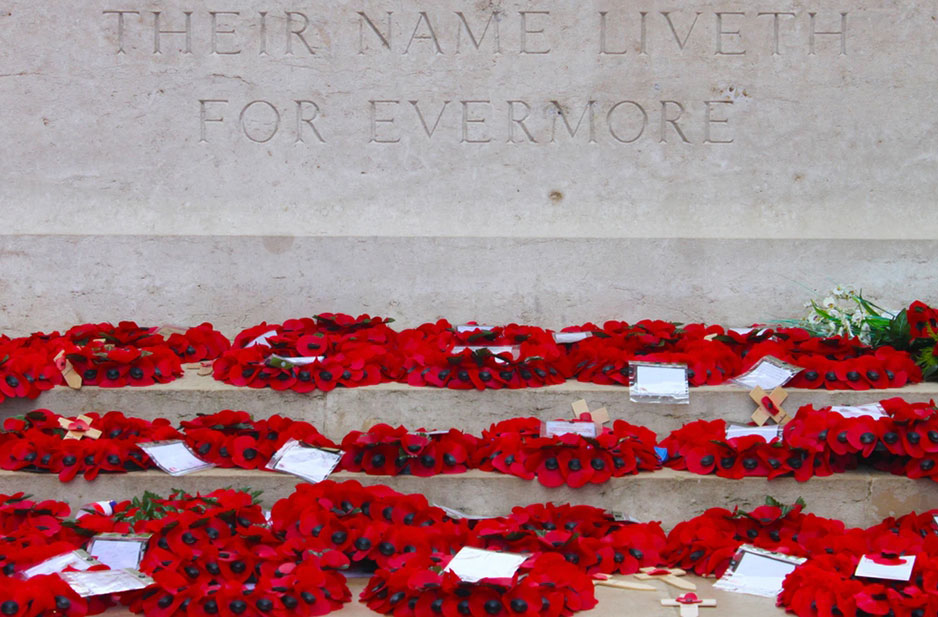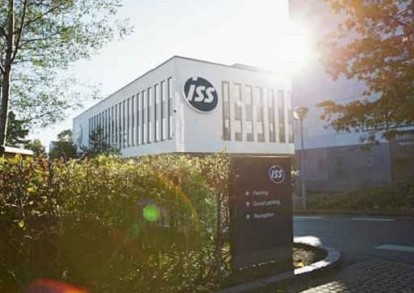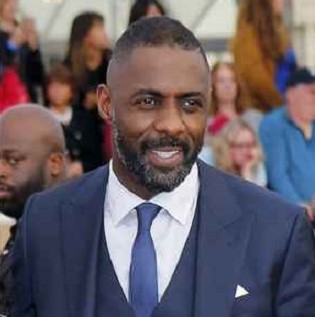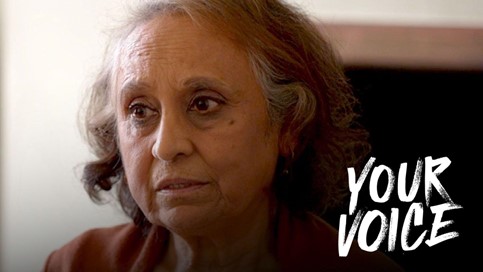A special Armistice Day service was held at Westminster Abbey, in London, to mark the centenary of the burial of the Unknown Warrior as the UK fell silent to remember the war dead.
Armistice Day marks the day World War One ended in 1918 and the grave of the Unknown Warrior represents those who died in the war and whose place of death is not known or whose remains are unidentified.
Members of the Royal family joined figures from the UK government and the armed forces as the congregation - and millions around Britain - commemorated those who died with a two-minute silence at 11:00.
The scaled-back service included an address from the Archbishop of Canterbury, Justin Welby, who paid tribute to the many millions who had died "unnamed and unclaimed, except by God".
He went on to refer to the thousands, even millions, who were making sacrifices today, whose names may never be known.
He told the socially distanced seared congregation "They may be anonymous but their actions are glorious”.
Highlights there included heart-felt words from Poet Laureate Simon Armitage, who read his poem ‘The Bed’ about a fallen soldier transported from being "broken and sleeping rough in a dirt grave" to being buried "among drowsing poets and dozing saints" in Westminster Abbey, former Catatonia singer now BBC radio presenter, Cerys Matthews, read the words of a World War One widow convinced the Unknown Warrior was her own husband and soul star Ruby Turner was accompanied by Jools Holland, as she sang the hymn Abide with Me, which was sung at the burial 100 years ago.
Commemorations were also held around the nation - including at the National Arboretum in Staffordshire.
The concept of the grave of the Unknown Warrior was inspired by Rev David Railton, who had served as a chaplain on the Western Front during World War One.
After the conflict he wrote to the then-Dean of Westminster, Herbert Ryle, about his proposal which was later supported by King George V and Prime Minister David Lloyd George. The body was chosen from four unknown British servicemen - exhumed from four battle areas - by Brig Gen Louis Wyatt, commander of British forces in France and Flanders, and transported back to Britain.
On 11 November 1920, the coffin was draped with a union jack and taken on a gun carriage to the Cenotaph, where the Queen's grandfather George V placed a wreath upon it.
The King - and nearly 1,000 widows and mothers of men killed in World War One - were present as the warrior was buried at the Abbey. A handful of earth from France was then dropped by the king onto his coffin during the service.

















